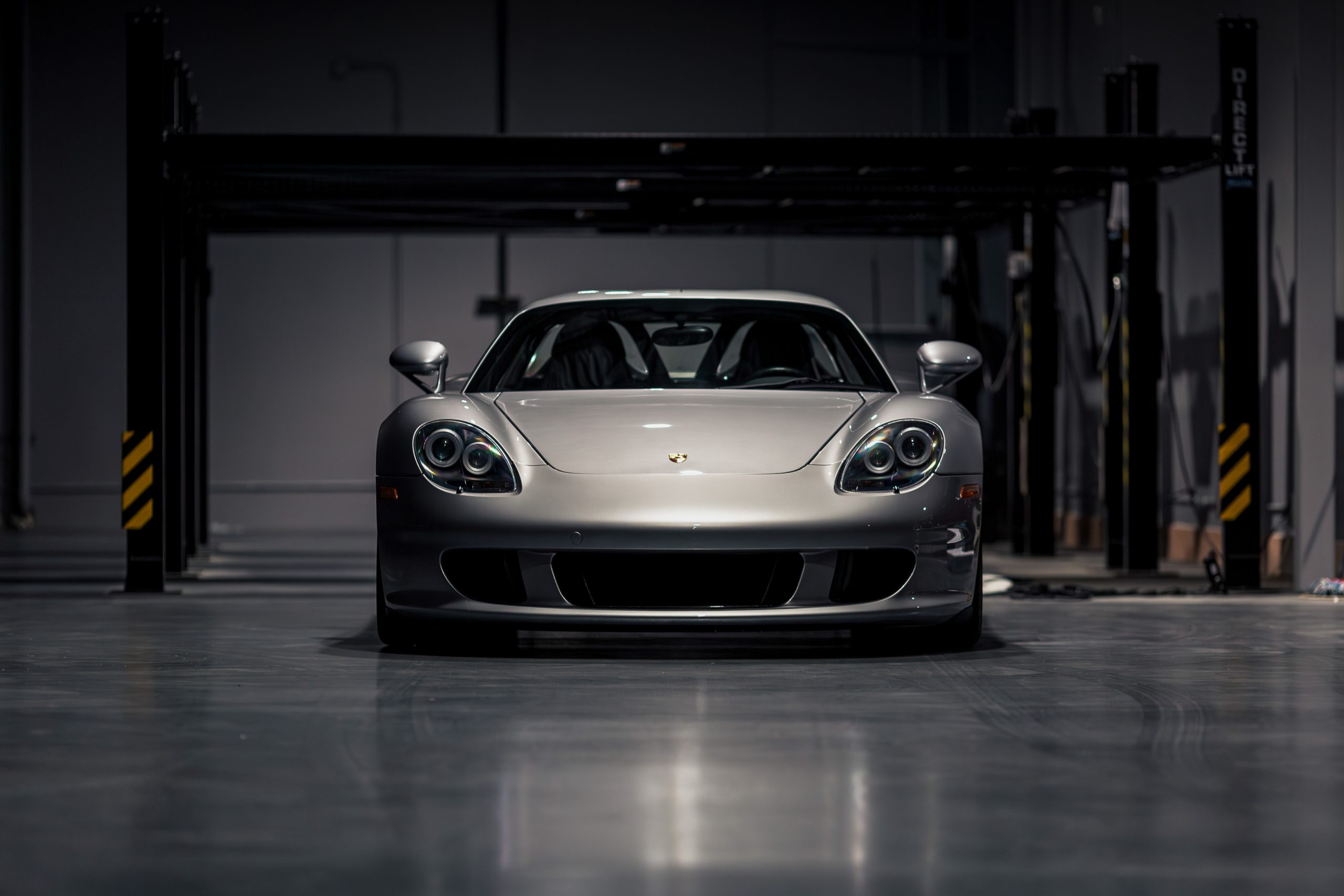Porsche 906/8 Coupe (1966)
Another four factory 906s received an air-cooled eight-cylinder boxer engine of the type 771, which was already used in the 904/8.
Another four factory 906s received an air-cooled eight-cylinder boxer engine of the type 771, which was already used in the 904/8.
For the 1966 Le Mans 24h race, long-tail LH ("Langheck") versions were made and now the standard 906 were called as 906 K ("Kurz", short in German)
The 906 Spyder was the first Porsche racing car built under Ferdinand Piëch's orders and there could be only a person as determined as Piëch to use Lotus parts on a Porsche.
Three factory 904 race cars were fitted with a flat eight-cylinder power plant derived from the 1962 804 F1 car
Porsche's Attempt At Creating The Chinese People's Car
In 1965, the 904’s second and final production year, some examples received a version of the 911’s 2.0-liter flat-six. This version was dubbed the 904/6.
A four door performance sedan concept that maintained the iconic shape of the 911 Carrera
The Porsche 904 debuted late in 1963, for the 1964 racing season. The 1965 Porsche 904 Carrera GTS variant to compete in the FIA-GT class
After a long absence of a Carrera model in the 356 model lineup, Porsche made another version with the intro of a 2.0L engine.
When Dr. Ferry Porsche turned 80 years old, he received a 1989 Porsche Panamericana concept car as a gift.
The Porsche 804 competed in Formula One (F1) in 1962. Porsche developed an 8-cylinder engine for it.
Intended as the successor to the Porsche 930, the car did not get past the prototype stage.
In 1987 Porsche experimented with a long-wheel-base 928 called the H50
The Porsche Junior concept car.
The Porsche 965 was a V8-powered 911 from 1984
The 1961 Porsche RS was one of the last Spyders made by Porsche that used the potent 4-cam engine. It was a successor to the 1960 RS60
For the 1961 F1 season Porsche created a new car called 787.
Just 49 356 B GS/GTs Produced. Built from lightweight materials and had Porsche’s most powerful racing engine of the time
Fourteen Super 90 Coupes were ordered with the lightweight GT package for racing.
In keeping with FIA regulations, Porsche created a new lightweight 356 with help from Abarth
The idea for 959 was born as early as 1983 with this Guppe B prototype
The fifth and the last of the 718/2 F2 cars, with chassis number 718/2-05 was an experimental formula racing car
Changes thanks to new regulations and a larger engine gave us the RS60
Ferdinand Piëch saw potential for a higher-performance, luxurious version of the 914. The result was the 916.
Giugiaro's 4th prototype at Italdesign was this radical Tapiro.
For 1959, Porsche created a completely new Formula 2 car instead of the Mittellenker-version of the 718 RSK. Became known as the 718/2 or 718 F2.
Southern California Porsche dealer Johnny von Neumann knew what his customers wanted, and a Targa top Targa 911 wasn’t it.
Sold alongside the Carrera de Luxe, the GT was lightened and prepared for racing.
For 1958, the 718 RSK Spyder was modified to compete in FIA Formula racing events. Gone was the conventional two-seat layout now replaced with a single seat in the middle.
The fastest street-legal automobile offered by the still-small German automaker in 1957
The Porsche 718 RSK Spyder was the culmination of years of competition racers by Porsche
The 550A was based on Porsche’s first purpose-built racing car, the mid-engined RS 550 Spyder.
The giant killer
Planned as a successor to the Porsche 550, the car was discontinued in favor of the revised 550A and the Porsche 718. Single example was destroyed in a spectacular crash.
Only 15 prototypes (including coupes) were made until regular production began in 1954 of the Porsche RS Spyder.
The first two Porsche 550s (Chassis #550-01 & #550-02) were coupes
Successful VW Dealer and sporstcar racer, Walter Glöckler built this special car for the German Car Championship
In 1950, eleven remaining Gmund chassis were assembled after the factory returned to Germany and converted to SL racing spec
Before the 1952 races at Torrey Pines, von Neumann had Emil Diedt remove the coupe's roof, creating in effect the first Carrera Speedster.
The Cisitalia Grand Prix is a single-seater car for the postwar 1.5-litre supercharged Grand Prix class, built by Italian sports car manufacturer Cisitalia and introduced in 1949.
KdF Berlin-Rome race car. The Porsche Type 64 (1939-1940)
Sales Catalogs for the Porsche 959 supercar
Spare Parts Catalog (Porsche PET) for the Porsche 959
Full list of Equipment & Option Codes Decoder for the Porsche 959


